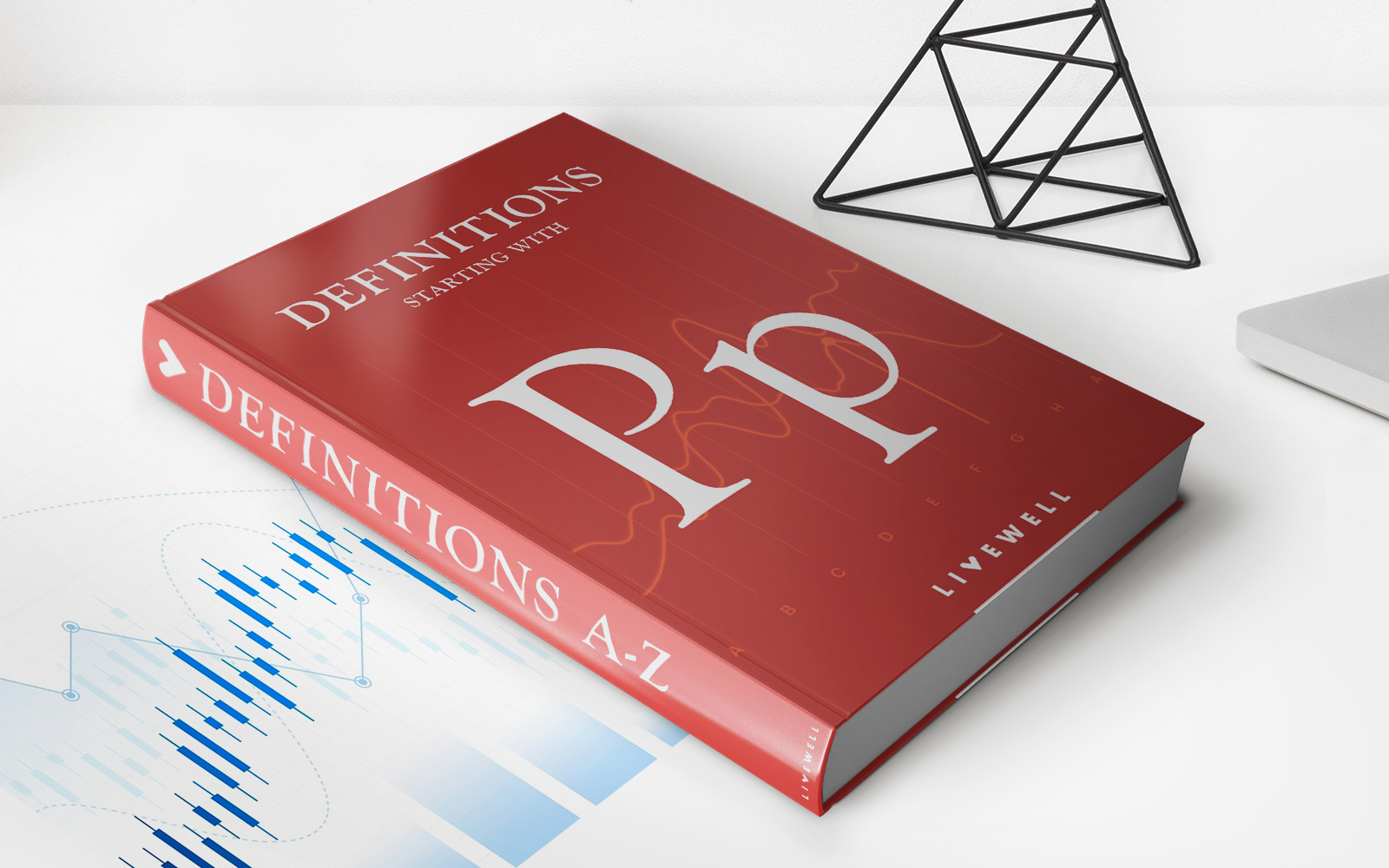

Finance
Concurrent Insurance Definition
Published: October 31, 2023
Learn the meaning of concurrent insurance in finance and how it impacts your financial planning. Understand the benefits and considerations of this insurance approach.
(Many of the links in this article redirect to a specific reviewed product. Your purchase of these products through affiliate links helps to generate commission for LiveWell, at no extra cost. Learn more)
Concurrent Insurance Definition: Why it Matters for Your Financial Security
Welcome to the world of finance! In our ongoing series of blog posts, we explore various aspects of financial planning and management to help you navigate the ever-changing landscape of money matters. Today, we’re diving into the concept of concurrent insurance and why it is crucial for your financial security.
Key Takeaways:
- Concurrent insurance provides overlapping coverage for certain risks, offering added protection for policyholders.
- Understanding concurrent insurance can help you avoid coverage gaps and make more informed decisions when purchasing insurance policies.
So, what exactly is concurrent insurance? In simple terms, it refers to the situation where multiple insurance policies cover the same risk or potential loss. This means that if you have concurrent insurance, you have overlapping coverage from two or more insurance providers for a specific event or circumstance.
Concurrent insurance can be a valuable tool in safeguarding your financial well-being, as it offers an extra layer of protection against unforeseen events. By having multiple policies in place, you can minimize the risk of being left vulnerable to financial losses that could have a significant impact on your future.
Here are a few key points to keep in mind about concurrent insurance:
- Expanded coverage: Having concurrent insurance means you have broader coverage for a particular risk than if you had a single policy. This can be especially beneficial for high-value assets or industries prone to multiple risks.
- Coverage limits and coordination: When you have concurrent insurance, it’s crucial to understand the coverage limits of each policy and how they coordinate with one another. This ensures that you have the right amount of coverage without overlapping or leaving any gaps.
- Claims process: In the event of a claim, having concurrent insurance may allow you to choose which policy to file a claim with, depending on the circumstances. This flexibility can be advantageous in certain situations where one policy offers better terms or benefits.
- Premium considerations: Keep in mind that concurrent insurance may lead to higher premiums compared to having a single policy. However, the added protection and peace of mind can outweigh the additional cost for many individuals and businesses.
As with any financial decision, it’s essential to evaluate your specific needs and consult with insurance professionals to determine if concurrent insurance is suitable for you. They can help you assess the potential risks, review policy terms, and calculate the cost-benefit ratio, allowing you to make an informed choice.
While concurrent insurance can offer valuable benefits, it’s important to note that not all risks or events can be covered by multiple policies. Certain exclusions or limitations may apply, depending on the respective insurance contracts. Understanding the terms and conditions of each policy is vital to ensuring comprehensive coverage.
In conclusion, concurrent insurance is a concept that provides added security by offering overlapping coverage for specific risks. By understanding concurrent insurance and its implications, you can protect your financial well-being and have peace of mind knowing that you have comprehensive coverage for potential losses.
Remember, the world of finance can be complex, but staying informed and seeking professional advice can greatly benefit your financial security. Be sure to check out our other blog posts in the finance category for more valuable insights and tips.














